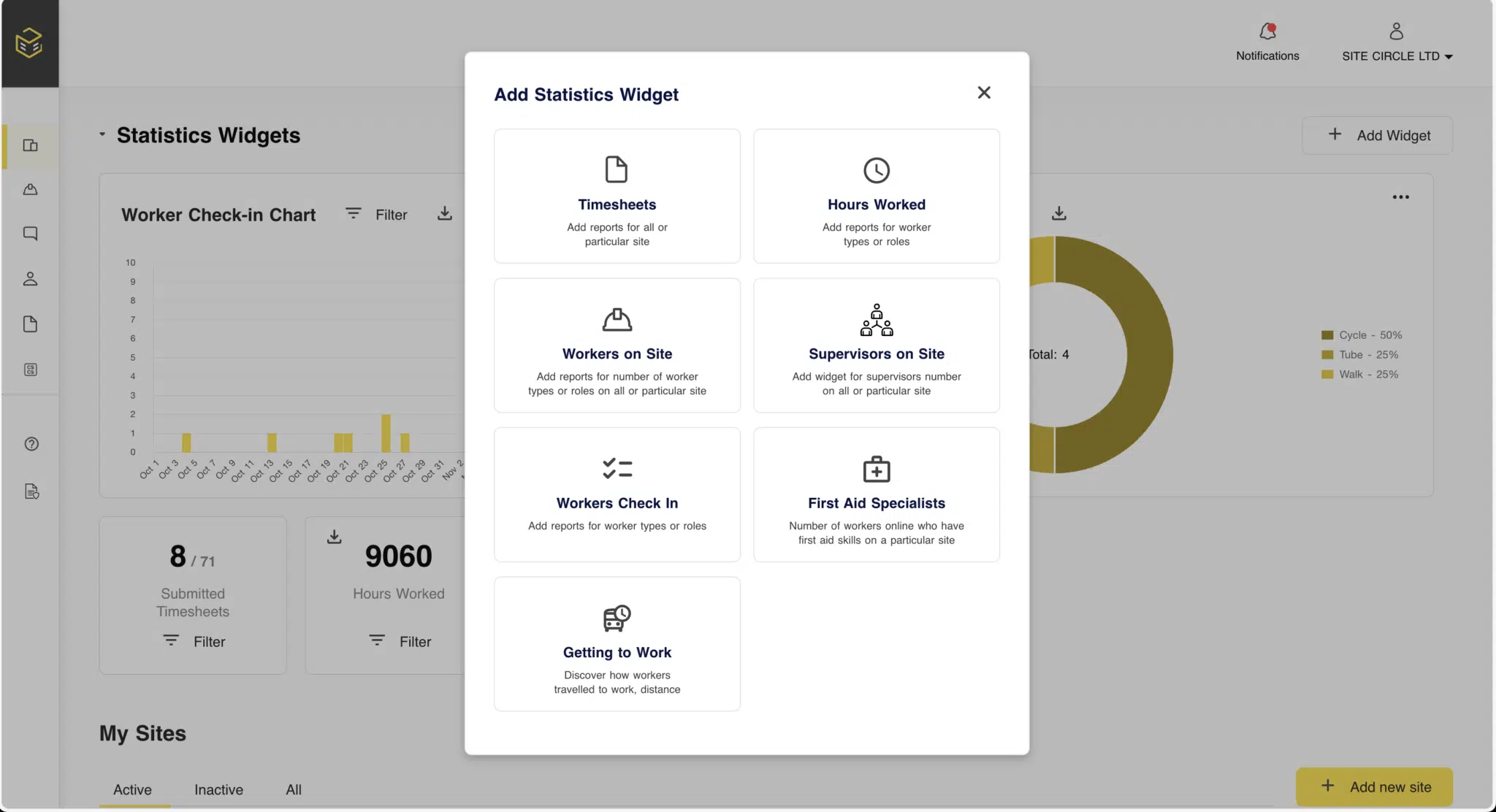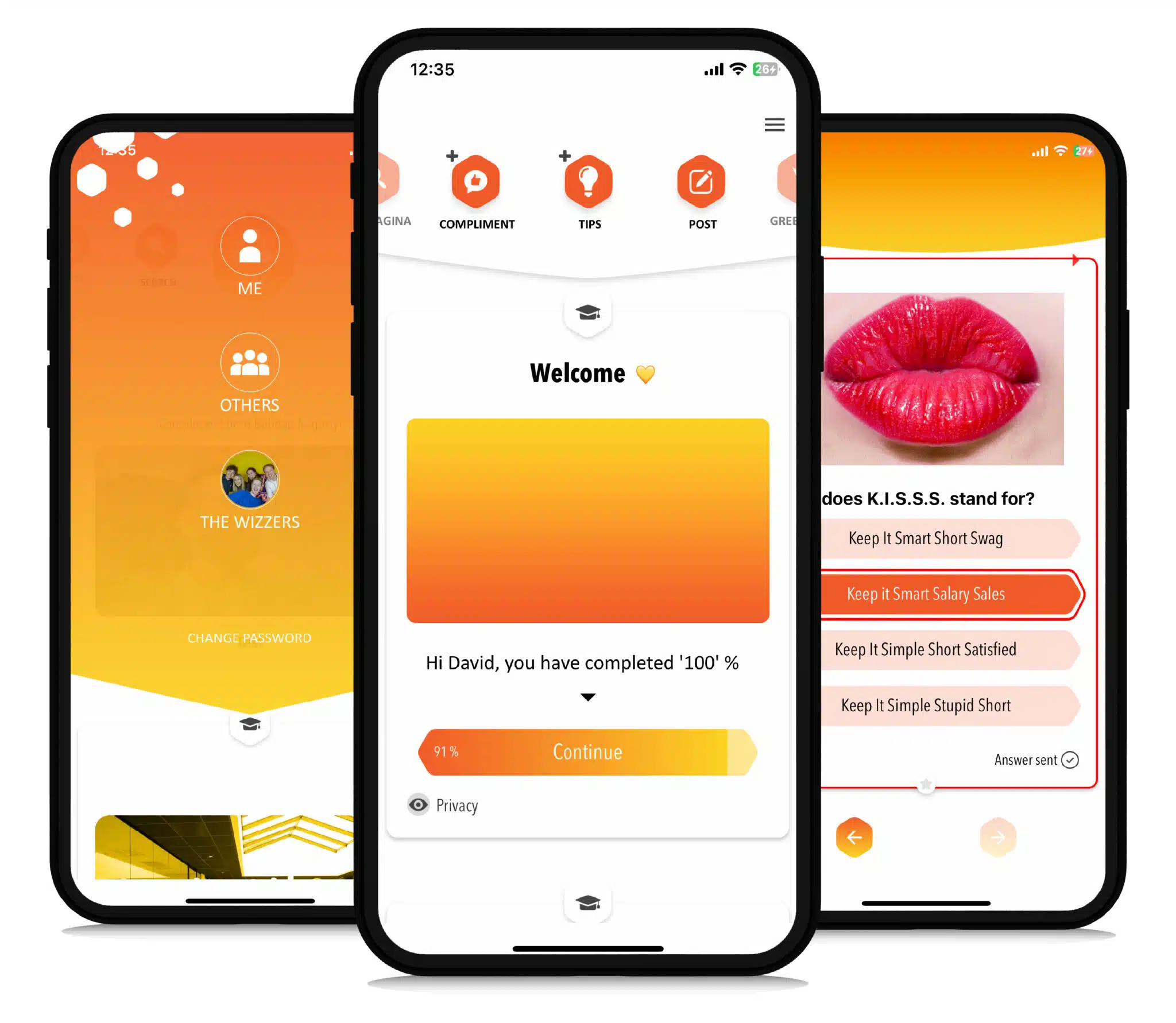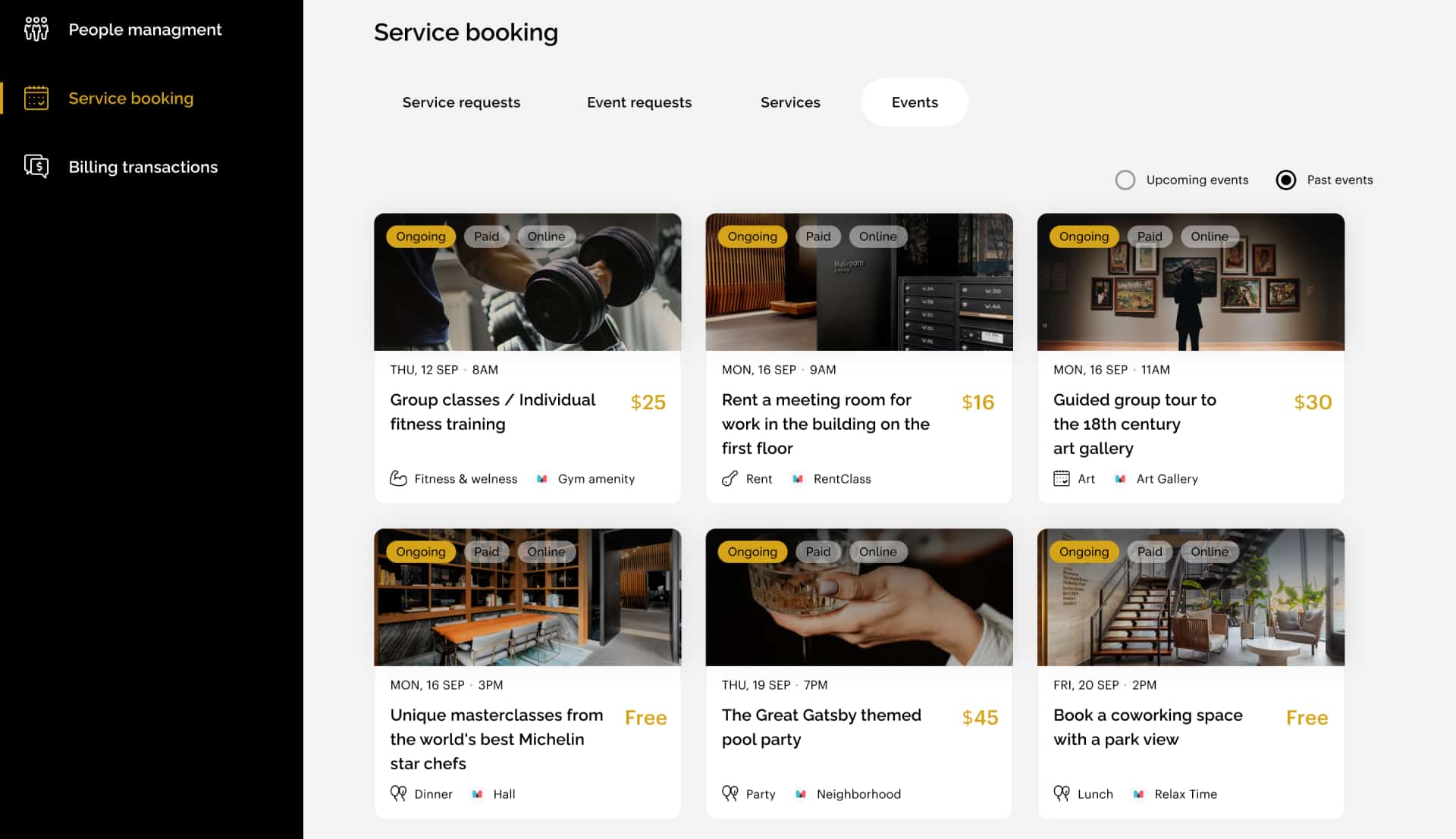Outsourcing Software Development Company
Inoxoft is an award-winning, ISO 27001-certified software development company creating top-notch solutions for clients worldwide. For eight years the company remains a trusted partner, committed to project success and providing clients full support and security throughout the development process.
Experts
Years of experience
Satisfied clients
Projects
Startups
Of existing businesses
core industries
Healthcare, Fintech, Education, Logistics, and Real Estate
Software Outsourcing Process
Delegate some company’s functions to a trustworthy outsourcing software development company to conduct the full product development cycle: from the business analysis to product release. We use the best time and project management techniques to implement all-in-one solutions for your business successfully. Here is what the software outsourcing process in Inoxoft looks like.
-
Project Initiation
Inoxoft offers Software Product Discovery Services to assess market trends and end-user needs. It helps improve and clarify requirements (business, stakeholder, functional and non-functional) Then our team conducts design definitions and proof of concept.
-
Project Planning
It is all about planning the Scope and managing activities to see results in time.We effectively allocate resources, present team composition, and estimate the best plan to match the budget and requested time limits.
-
Development
Inoxoft’s managers always control the transparency of communication, report, and monitor progress. Regular communication with clients allows us to control changes and stay flexible.
-
Quality Assurance Testing
Based on the client’s requirements and project peculiarities, Quality Assurance engineers will conduct the necessary testing.
-
Delivery
Inoxoft has developed standards of Delivery that make each final release and deployment successful.
-
Maintenance and Support
We ensure after-release support, troubleshooting, and updating functionality.
Hire Software
Outsourcing Team
A partnership with a software project outsourcing company is
a great solution for getting a discrete project done with
minimal distraction to other teams and handling peaks in
workload. Consider hiring a software outsourcing team.
Keep your in-house team focused
Let our team handle your software development while you focus on key levers that drive your business forward.
Skip recruitment delays
Hiring the right talent is time-consuming. We assemble and onboard the right experts in record time.
Boost management productivity
Our teams work autonomously. You set the direction and milestones, while they manage the day-to-day delivery.
Connect with skilled tech specialists
We’ve already done the rigorous testing for technical, logical, and soft-skill abilities so you don’t have to.
Ensure product quality
All projects go through intensive testing to bring you high-quality, robust, and error-free software.
Scaling on demand
The ability to scale up and down on demand is vital. When your business grows, you can easily expand your capacity to handle larger volumes of work by hiring an offshore team.
Technologies we work with
Inoxoft provides the best cost-effective custom website programming services. We offer top project management support and cooperate with our clients to ensure the product requirements are 100% met. Thus, our clients are glad to seek Inoxoft’s expertise in web development services more than once.
a professional team
Why would a company choose to outsource software development?
Outsourcing is an efficient working model for most businesses that want to develop software for several reasons. There is no point to recruit an in-house software development team to solve a specific business need. It requires a lot of effort, time, and costs to find, hire, and train the team.
With a software project outsourcing company, you don’t have to invest resources in project management, setting up a workplace, or HR activities. All of it will be taken care of by the vendor.
What are the benefits of working with a software outsourcing company?
Among the benefits of outsourcing software development services is the ability to quickly attract specialists from any industry and the ability to optimize costs. And also:
- Access to a larger talent pool
- Ability to pick the most efficient offshore dev team
- Time to concentrate only on core processes
- A choice between hiring the whole development team or separate specialists
- Cost optimization
- Reduction of risks.
How does communication work with a software outsourcing company?
Communication in a software outsourcing company usually follows the following approach:
- Both parties engage in detailed discussions to define project requirements, goals, and expectations. This helps establish a clear understanding of the project scope and deliverables.
- Teams establish communication channels: e.g. emails, video conferences, instant messaging platforms and other project management tools. These channels enable regular updates, discussions, and issue resolution.
- Both sides conduct meetings (weekly or bi-weekly status updates) to discuss progress, address queries, and make decisions. These meetings help maintain transparency and keep all stakeholders informed.
- Documentation: Detailed documentation, including project requirements, specifications, and progress reports are shared and updated regularly. This ensures all parties have a common reference point and can track progress effectively.




